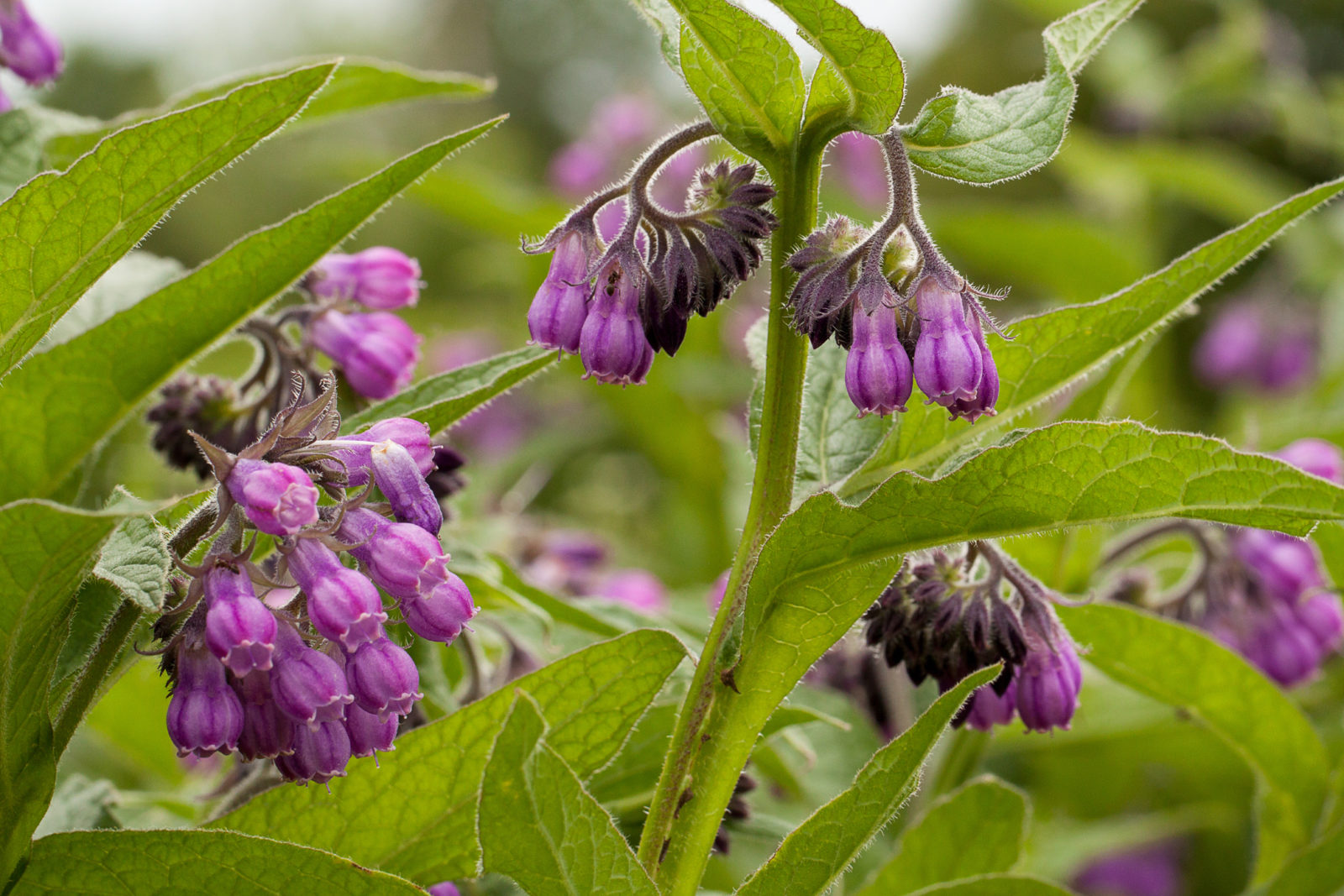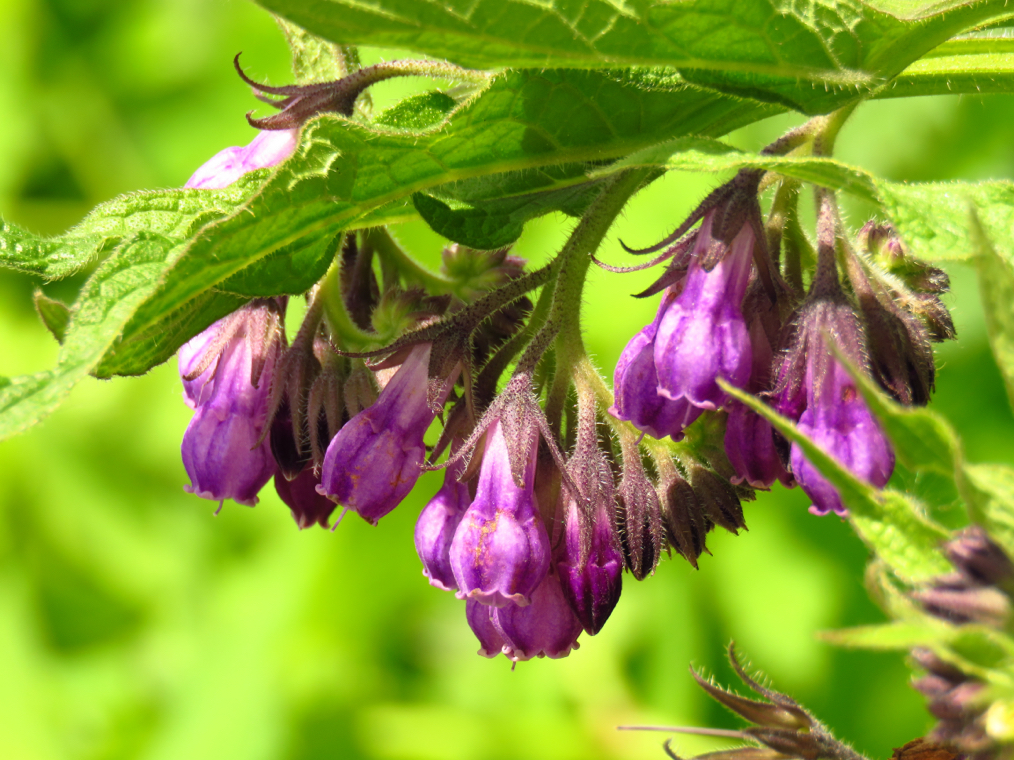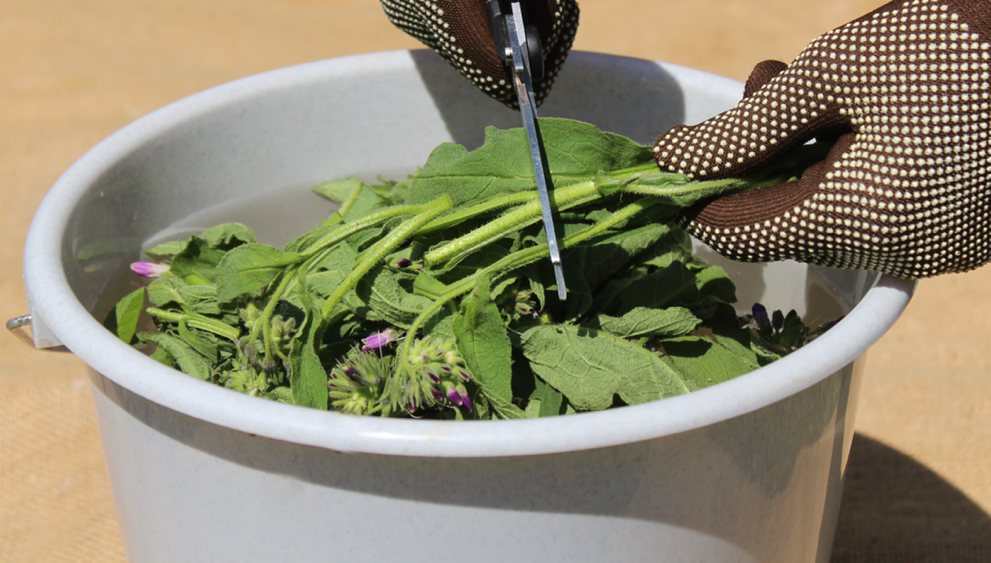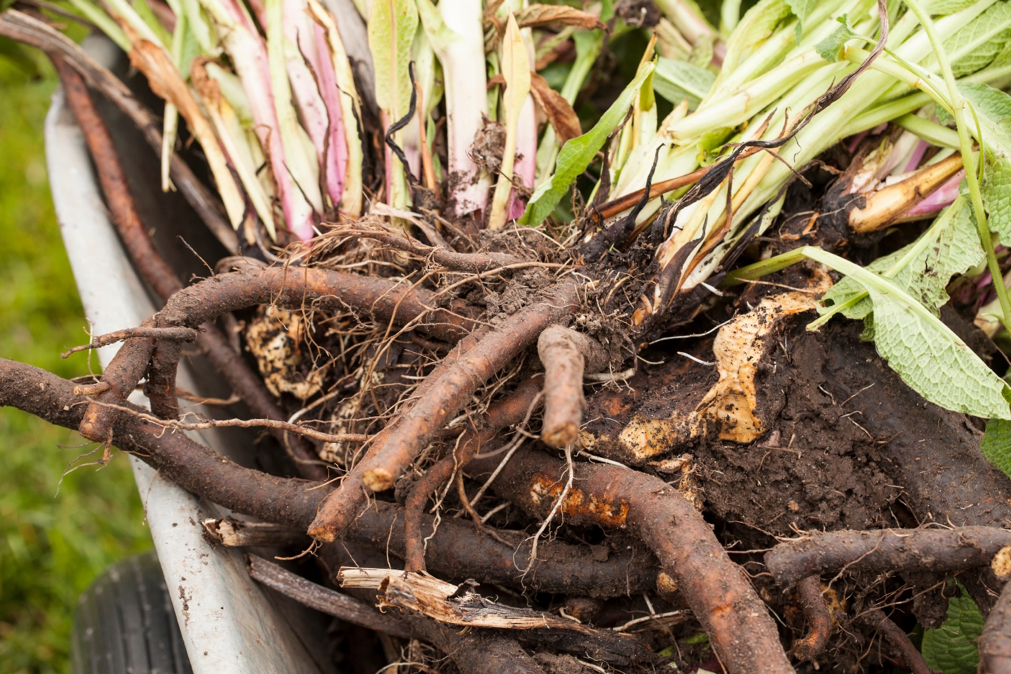Follow These Guidelines To Harvest Comfrey For Culinary Uses Or As Garden Mulch

PERENNIALS > COMFREY > HARVESTING

Elizabeth is a Permaculture Garden Designer, Sustainability Consultant and Professional Writer, working as an advocate for positive change. She graduated from the University of St. Andrews with an MA in English and Philosophy and obtained a Diploma in Applied Permaculture Design from the Permaculture Association.
Reviewed By DAN ORI

Dan has over 27 years’ under his belt caring for plants and gardens. Working as a Horticultural Instructor and Consultant, he draws on a diverse range of experience that includes working as a Head Gardener, Tree Surgeon, Garden Centre Trouble Shooter, and writer of academic papers. Dan has a Level 3 Diploma in Horticulture and is currently a candidate for the RHS’s most prestigious award – The Master of Horticulture.
COMFREY GUIDES
Comfrey vs Borage
Fertiliser
– For Tomatoes
Growing From Seed
Harvesting
Root Cuttings
Varieties
Comfrey can be very useful in a huge range of different ways, providing a range of yield for your home or for use in your garden.
Harvesting comfrey, whatever you are using it for, could not be easier, and once harvested, it will readily regrow.
However, how exactly you harvest comfrey will depend on how much you are growing and what you are using it for.
Harvesting For Culinary Use
Comfrey can provide edible uses, and some people eat the very young leaves in moderation, raw or cooked, and the young shoots are occasionally used as an asparagus substitute.1Comfrey, Slightly Toxic but Holds So Many Health Benefits. (2019, May 15). Eat the Planet. Retrieved March 14, 2023, from https://eattheplanet.org/comfrey-slightly-toxic-but-holds-so-many-health-benefits/

If harvesting comfrey leaves for edible uses, you can simply cut or pull off leaves as they are required.
If you plan on eating the young leaves, harvest these as early in spring as possible, before the leaves get very hairy and before flowering stalks form.
“Personally, I would not advocate eating comfrey and strongly encourage you to research its culinary use thoroughly if you are considering it,” adds Dan Ori, a Horticulturist.
“I always wear gloves when handling comfrey and encourage you to do the same.”
Harvesting For Mulch & Compost
Comfrey may also be harvested for use in garden fertilisers.
You can chop and drop comfrey plants where they grow, cutting them off near the base and letting the plant material fall to the ground to break down and feed the soil and nearby plants.
Or, you can also cut back the plants and remove the material to redistribute the nutrients it contains to other parts of the garden.

Some ways to do this include using it as a mulch in vegetable beds, spreading it around trees or other perennials, composting the material, or making a liquid plant feed.
You can either cut off the whole of the plant down to the ground, or take portions – leaving some to remain in flower for bees and other insects in your garden.
To cut back comfrey and make use of the abundant biomass for plant fertility, you can use garden shears, a scythe, or even mow larger areas of comfrey to obtain the material.

The approach you take will obviously depend on the size of the area and the number of plants that need to be harvested, and also where the plants are growing.
Typically, you can harvest comfrey by chopping most of the plants down close to the ground in late June.
The plants then regrow and can be harvested again towards the end of the summer or in early autumn.
Always make sure to leave some comfrey standing to continue to benefit the wildlife in your garden which will allow it to die back naturally at the end of the year.
References
- 1Comfrey, Slightly Toxic but Holds So Many Health Benefits. (2019, May 15). Eat the Planet. Retrieved March 14, 2023, from https://eattheplanet.org/comfrey-slightly-toxic-but-holds-so-many-health-benefits/
